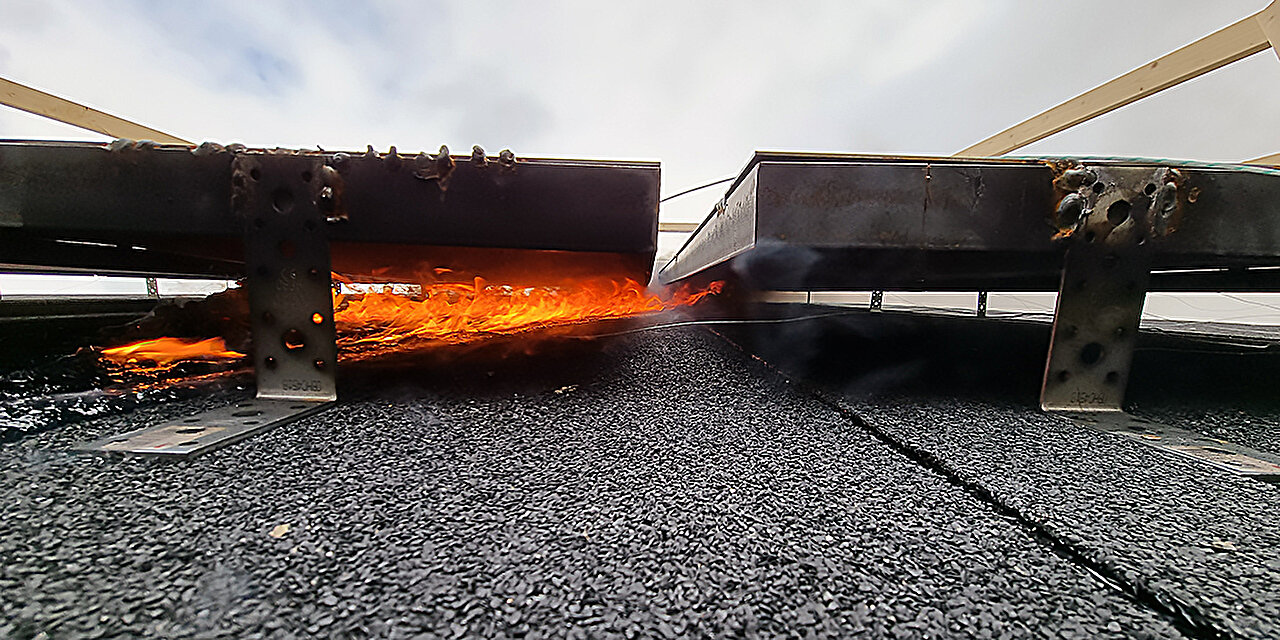Well it finally happened. I have to trace an elusive arc fault on an unreachable steep and tall roof that we had scaffolding for when we installed it.
Not easy physically. It shuts down the SMA SB3800TL-US-22 inverter. 16 panel array. 2 strings of 8.
The arc fault seems to appear in wet weather, that is during our winter rainy season only.
Then I reset the inverter, and the arc fault error message disappears.....for a while. A week or a year. (!)
This summer, I disconnected string A then string B for over 1 month each...... and could not reproduce the arc.
I had hoped I could at least determine if the nuisance arc was in string A or B - cutting down my work by 50%.
Any methods of locating the arc diagnostically that ease the pain? I.e. not requiring removal of all panels.?
Not easy physically. It shuts down the SMA SB3800TL-US-22 inverter. 16 panel array. 2 strings of 8.
The arc fault seems to appear in wet weather, that is during our winter rainy season only.
Then I reset the inverter, and the arc fault error message disappears.....for a while. A week or a year. (!)
This summer, I disconnected string A then string B for over 1 month each...... and could not reproduce the arc.
I had hoped I could at least determine if the nuisance arc was in string A or B - cutting down my work by 50%.
Any methods of locating the arc diagnostically that ease the pain? I.e. not requiring removal of all panels.?
Last edited:


